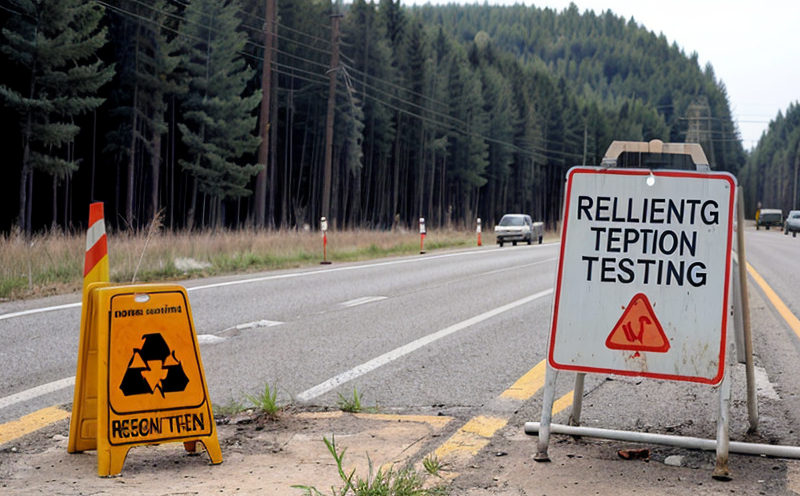ISO 18589-2 Measurement of Natural Radionuclides in Soils
The ISO 18589-2 standard provides a method for measuring natural radionuclides in soils, which is crucial for environmental safety and public health. This service ensures compliance with international standards and regulations designed to protect human populations from ionizing radiation exposure.
Radiation testing of soil samples helps identify potential sources of contamination that could affect the surrounding environment. Compliance with ISO 18589-2 is essential in sectors such as environmental protection, construction, agriculture, and waste management. The standard ensures accurate measurement of radionuclides like uranium (U), thorium (Th), and potassium (K) isotopes.
The procedure outlined in ISO 18589-2 involves several critical steps to ensure reliable results. Soil samples are collected from specified depths, homogenized, and prepared for analysis according to the standard's requirements. The testing process includes gamma spectrometry, which is used to identify and quantify radionuclides present.
The importance of this service cannot be overstated in today’s world where environmental concerns are paramount. By adhering to ISO 18589-2, laboratories can provide accurate data that informs decision-making processes related to land use, remediation efforts, and overall public safety measures.
Our team of experts uses state-of-the-art equipment and follows strict protocols to ensure the accuracy of our results. We employ gamma spectrometry techniques as specified in ISO 18589-2 for precise measurement of radionuclides. This allows us to provide comprehensive reports that meet regulatory requirements.
Understanding the scope of this service is essential for those involved in environmental testing and compliance activities. By leveraging our expertise, clients can rest assured knowing their samples are being analyzed according to the highest industry standards.
Scope and Methodology
| Aspect | Description |
|---|---|
| Sampling Procedure | Soil samples are collected from specified depths, homogenized, and prepared for analysis. The sampling depth is typically 0-15 cm, but this may vary depending on the specific application. |
| Sample Preparation | The prepared soil sample undergoes sieving to remove particles larger than 2 mm in diameter. This ensures uniformity and consistency across all samples being analyzed. |
| Analytical Techniques | The gamma spectrometry method is used for the detection and quantification of radionuclides present in the soil sample, as specified in ISO 18589-2. |
| Quality Control | Each analytical run includes a certified reference material (CRM) to ensure accuracy and precision. CRM results are compared against known values for quality assurance purposes. |
Eurolab Advantages
Comprehensive Compliance: Our laboratory adheres strictly to ISO 18589-2, ensuring accurate and reliable results that meet international standards.
State-of-the-Art Equipment: We utilize advanced gamma spectrometry instruments capable of detecting even trace amounts of radionuclides in soil samples.
Experienced Technicians: Our team comprises highly trained professionals with extensive experience in environmental radiation testing.
Rapid Turnaround Times: We understand the importance of timely results and strive to deliver reports within industry-standard timelines.
Accurate Reporting: Comprehensive and detailed reports are provided, ensuring all relevant information is captured for regulatory purposes.
Customer Support: Our dedicated customer service team is available 24/7 to address any queries or concerns related to our services.
Quality and Reliability Assurance
Certified Reference Materials (CRMs): Each analytical run includes CRMs for internal quality control checks. These materials are regularly compared against certified values to maintain accuracy.
Data Verification: Our laboratory employs rigorous data verification procedures to ensure the integrity of all reported results.
Regular Calibration: All instruments used in our testing process undergo regular calibration checks to ensure they remain accurate and reliable.
Traceability: Results are traceable back to the original samples, ensuring complete transparency and accountability.





